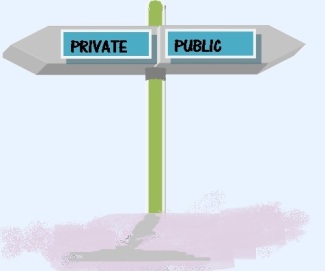Why Do Some People Purchase a Private Health Insurance?

Why do some people buy private health insurance when publicly provided health insurance is available? Are they more likely to suffer from health problems? Pau Olivella and Marcos Vera-Hernández study this question in their paper “Testing for Asymmetric Information in Private Health Insurance” published in 2013 in the Economic Journal, which recently was awarded the prize for the best paper published in the Economic Journal during 2013 by the Royal Economic Society. It has produced a video where authors explain paper results easily.
The main aim of this work is two-fold. One is to develop a model where individuals can purchase private health insurance (PHI) in the presence of a parallel public sector offering a similar package of services. This is the actual situation in the UK, Finland, Greece, Italy, Mexico, New Zealand, Portugal, and Spain. The second is to test the predictions of this model using UK data.
As for the first objective, the prediction is that, if individuals have better information than insurers about their own health status or their preferences for health, then the individuals more prone to use health care services will buy PHI while the rest will opt for the public option.
The authors test these predictions using a sample of male employees in Britain (1996-2008). A problem with such testing exercise is that individuals with PHI have better access conditions to health care (for instance, they face lower waiting times). Hence, one cannot compare health care use between those with and those without PHI. The authors instead compare the probability of using health care services for those who purchase PHI directly (group A) with that for those who receive it as a fringe benefit from their employer (group B). The authors find that probability of using health care (hospitalization, general practitioner visits, and preventive tests) is significantly lower for group B. Specifically, individuals in group B are 2.9 percentage points less likely to be hospitalized, which is a sizeable amount considering that 4.9% of the sample have been hospitalized during the reference period.
Interestingly, the authors find that what drives some individuals to purchase PHI is their preference for health care rather than their true health status. This puts into question to what extent having a private health insurance system alleviates the financial pressures in the public one.
University College London and Institute for Fiscal Studies
Pau Olivella
References
Olivella, Pau; Vera-Hernández, Marcos. Testing for Asymmetric Information in Private Health Insurance. The Economic Journal 123(567): 96-130. 2013. doi: 10.1111/j.1468-0297.2012.02520.x


